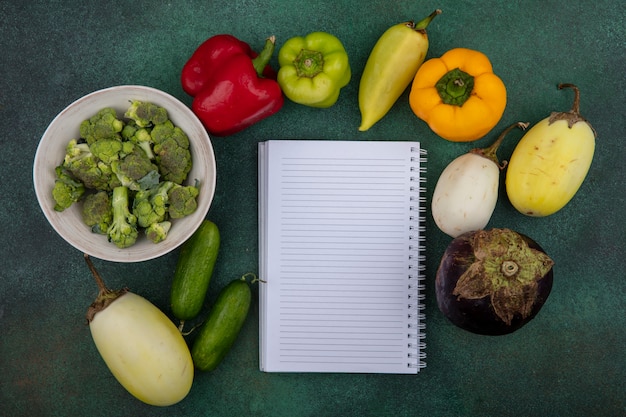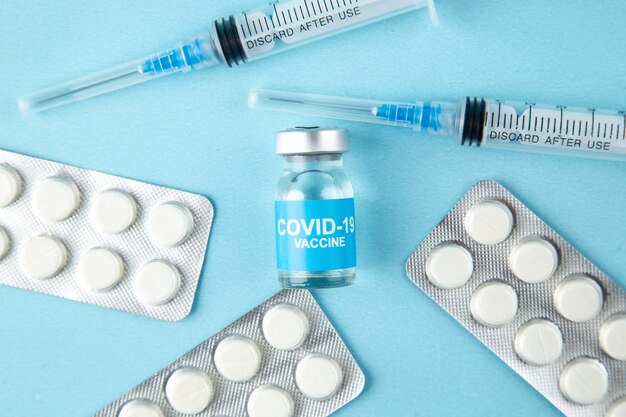
Ensuring food safety and preventing foodborne illnesses depend on maintaining excellent food hygiene practices. Many people, even after completing Food Hygiene and Safety Training, often overlook the basic principles of food safety in their everyday cooking activities, whether in a professional kitchen or at home. Avoiding these common mistakes will help create a safer and healthier food environment.
1. Not Washing Hands Properly
Proper handwashing is one of the simplest yet most overlooked actions in food safety. A quick rinse isn’t enough; you need to scrub your hands with soap for at least 20 seconds, especially before cooking and after handling raw foods like meat, poultry, or seafood. Poor handwashing can spread harmful pathogens like Salmonella and E. coli, causing serious health issues.
To prevent this, wash your hands thoroughly with soap for 20 seconds and dry them using a clean towel or air dryer, as damp hands can spread germs.
2. Cross Contamination Between Raw and Cooked Food
Cross contamination happens when bacteria from raw foods transfer to cooked or ready-to-eat items, often because the same tools or cutting boards are used without proper cleaning.
To avoid this, use separate cutting boards for raw meat and other items, and always clean and disinfect surfaces, knives, and utensils after handling raw food.
3. Ignoring Expiry Dates
It’s easy to forget, but eating food past its expiration date can be harmful. Expiry dates indicate when food is no longer safe to consume.
To prevent this, always check expiry dates before using products and rotate the food in your fridge and pantry to use older items first.
4. Incorrect Food Storage Temperatures
Storing food at incorrect temperatures allows bacteria to grow. The risky “danger zone” is between 5°C and 63°C, so perishable foods should be kept below 5°C.
Make sure your fridge is below 5°C and refrigerate leftovers within two hours of cooking.
5. Thawing Food at Room Temperature
Leaving frozen food on the counter to thaw can lead to bacterial growth, as the outside warms up while the center stays frozen.
To avoid this, thaw food in the fridge overnight, under cold water, or in the microwave, and never leave perishable items out for more than two hours.
6. Underestimating Personal Hygiene
While focusing on food safety, the hygiene of the person handling the food is equally important. Germs can be introduced from wearing dirty clothes, neglecting to tie back long hair, or being unwell.
Always wear clean clothes, tie back long hair, and avoid handling food if you’re feeling sick.
7. Cooking Food at Incorrect Temperatures
Cooking food to the right temperature kills harmful bacteria. People often undercook meals, especially when in a hurry, resulting in foodborne illnesses.
To ensure safety, use a food thermometer to check that food has reached the right internal temperature, checking the thickest part of meats.
8. Using the Same Utensils Without Cleaning
Using the same utensils for raw and cooked foods is a quick route to cross contamination, a common mistake when multitasking.
Use different utensils for raw and cooked foods, and always clean cutting boards, utensils, and surfaces immediately after use.
9. Not Washing Fruits and Vegetables Properly
Even if they look clean, fruits and vegetables can harbor harmful bacteria or pesticides. Skipping a thorough wash poses a risk.
To prevent this, wash all fruits and vegetables under running water before eating, and use a clean brush to scrub firm produce like cucumbers or melons.
10. Neglecting to Clean Kitchen Surfaces Regularly
Kitchen surfaces can harbor bacteria from raw food and, if not cleaned, can contaminate other foods.
It’s important to clean and disinfect all surfaces after preparing food, particularly after handling raw meats, using kitchen disinfectant or a hot water and soap solution.
In conclusion, food safety isn’t just about avoiding foodborne illnesses; it’s about protecting your health and the well-being of others. By being mindful of these common food safety mistakes and working to prevent them, you can ensure the food you prepare is both safe and nutritious. Keep these top 10 mistakes in mind, and you’ll be well on your way to mastering safe cooking habits!









